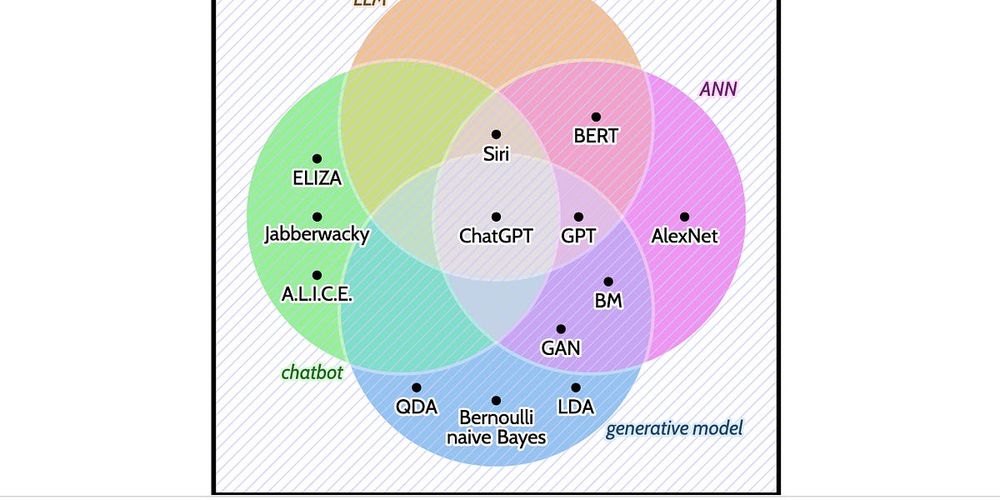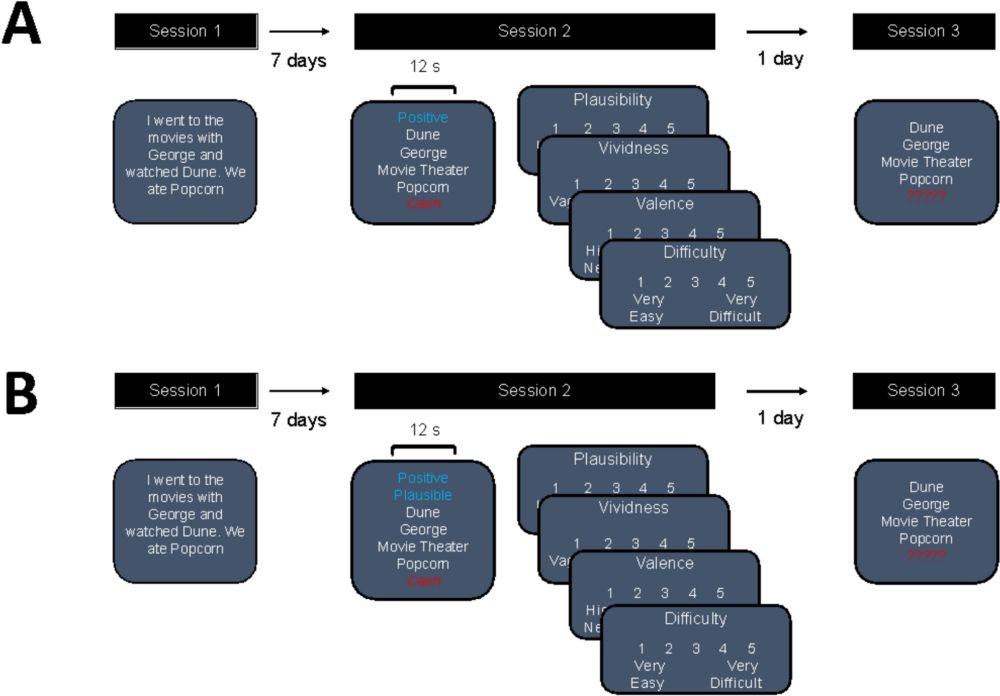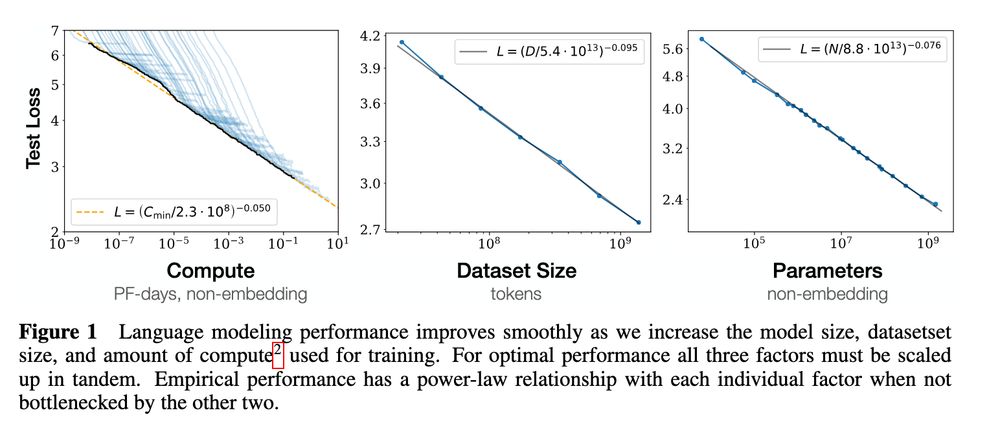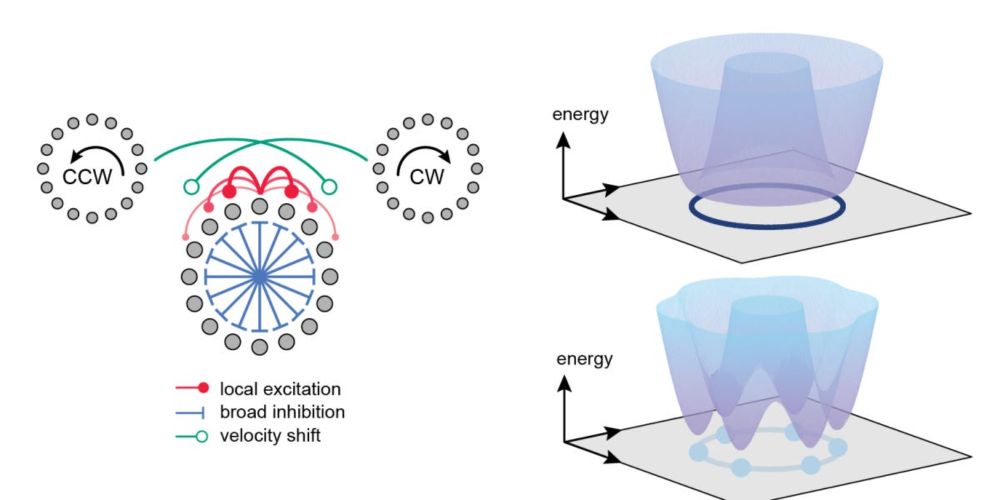Qihong (Q) Lu
@qlu.bsky.social
1.4K followers
650 following
62 posts
Computational models of episodic memory
Postdoc with Daphna Shohamy & Stefano Fusi @ Columbia
PhD with Ken Norman & Uri Hasson @ Princeton
https://qihongl.github.io/
Posts
Media
Videos
Starter Packs
Pinned
Qihong (Q) Lu
@qlu.bsky.social
· May 8
Reposted by Qihong (Q) Lu
Reposted by Qihong (Q) Lu
Reposted by Qihong (Q) Lu
Reposted by Qihong (Q) Lu
Reposted by Qihong (Q) Lu
Sreejan Kumar
@sreejan.bsky.social
· Sep 6

Sensory Compression as a Unifying Principle for Action Chunking and Time Coding in the Brain
The brain seamlessly transforms sensory information into precisely-timed movements, enabling us to type familiar words, play musical instruments, or perform complex motor routines with millisecond pre...
www.biorxiv.org
Qihong (Q) Lu
@qlu.bsky.social
· Sep 5
Hayoung Song
@hayoungsong.bsky.social
· Sep 5

A neural network with episodic memory learns causal relationships between narrative events
Humans reflect on past memories to make sense of an ongoing event. Past work has shown that people retrieve causally related past events during comprehension, but the exact process by which this causa...
www.biorxiv.org
Reposted by Qihong (Q) Lu
Dirk Gütlin
@gutlin.bsky.social
· Aug 30

Representations of stimulus features in the ventral hippocampus
The ventral hippocampus (vHPC) controls emotional response to environmental cues,
yet the mechanisms are unclear. Biane et al. examine how positive and negative experiences
are encoded by vHPC ensembl...
www.cell.com
Reposted by Qihong (Q) Lu
Reposted by Qihong (Q) Lu
Xinchi Yu
@xinchiyu.bsky.social
· Jun 27
Reposted by Qihong (Q) Lu
Reposted by Qihong (Q) Lu
Reposted by Qihong (Q) Lu
Mariam Aly
@mariamaly.bsky.social
· Aug 9
Reposted by Qihong (Q) Lu
Hyunwoo Gu
@hyunwoogu.bsky.social
· Jul 29
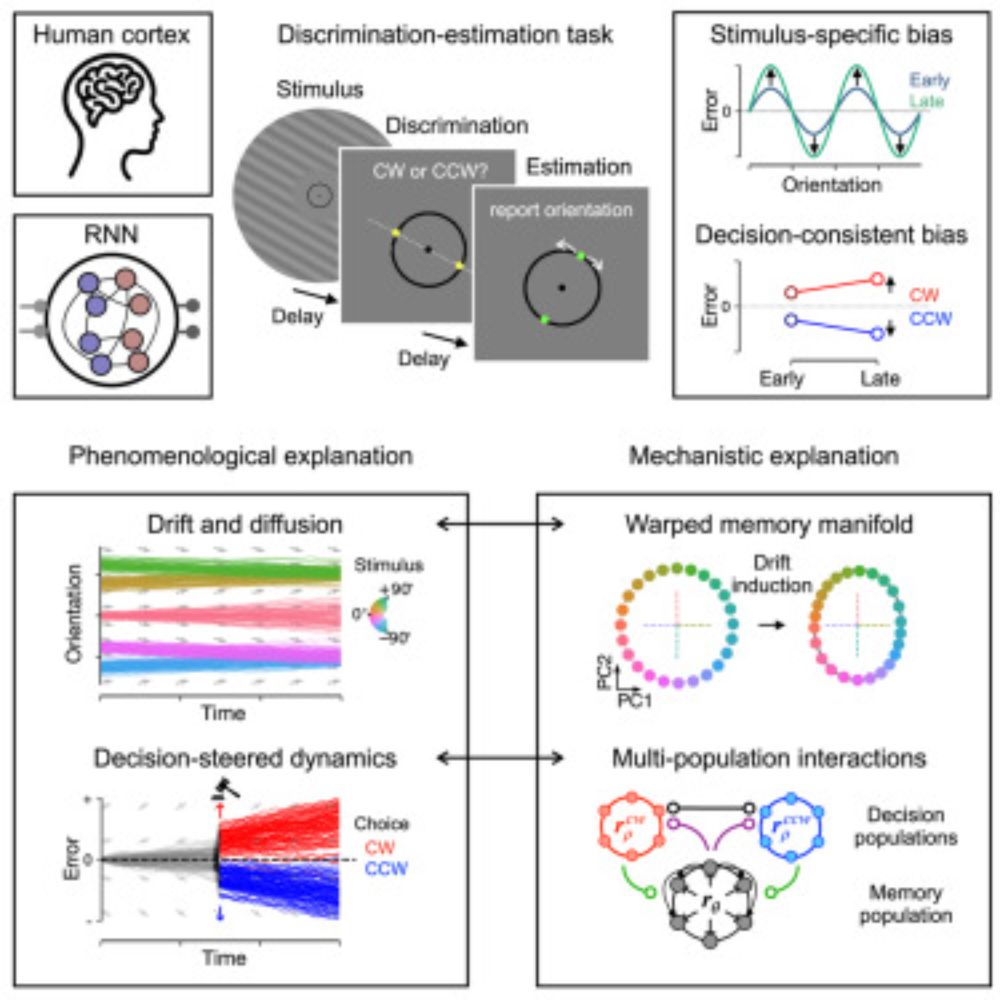
Attractor dynamics of working memory explain a concurrent evolution of stimulus-specific and decision-consistent biases in visual estimation
People exhibit biases when perceiving features of the world, shaped by both external
stimuli and prior decisions. By tracking behavioral, neural, and mechanistic markers
of stimulus- and decision-rela...
dlvr.it
Qihong (Q) Lu
@qlu.bsky.social
· Jul 28
Qihong (Q) Lu
@qlu.bsky.social
· Jul 28
Reposted by Qihong (Q) Lu
Harrison Ritz
@hritz.bsky.social
· Jul 27
Reposted by Qihong (Q) Lu
Reposted by Qihong (Q) Lu
Zhenglong Zhou
@neurozz.bsky.social
· Jul 16

A gradient of complementary learning systems emerges through meta-learning
Long-term learning and memory in the primate brain rely on a series of hierarchically organized subsystems extending from early sensory neocortical areas to the hippocampus. The components differ in t...
bit.ly
Reposted by Qihong (Q) Lu
Earl K. Miller
@earlkmiller.bsky.social
· Jul 15

Numerosity coding in the brain: from early visual processing to abstract representations
Abstract. Numerosity estimation refers to the ability to perceive and estimate quantities without explicit counting, a skill crucial for both human and ani
doi.org




